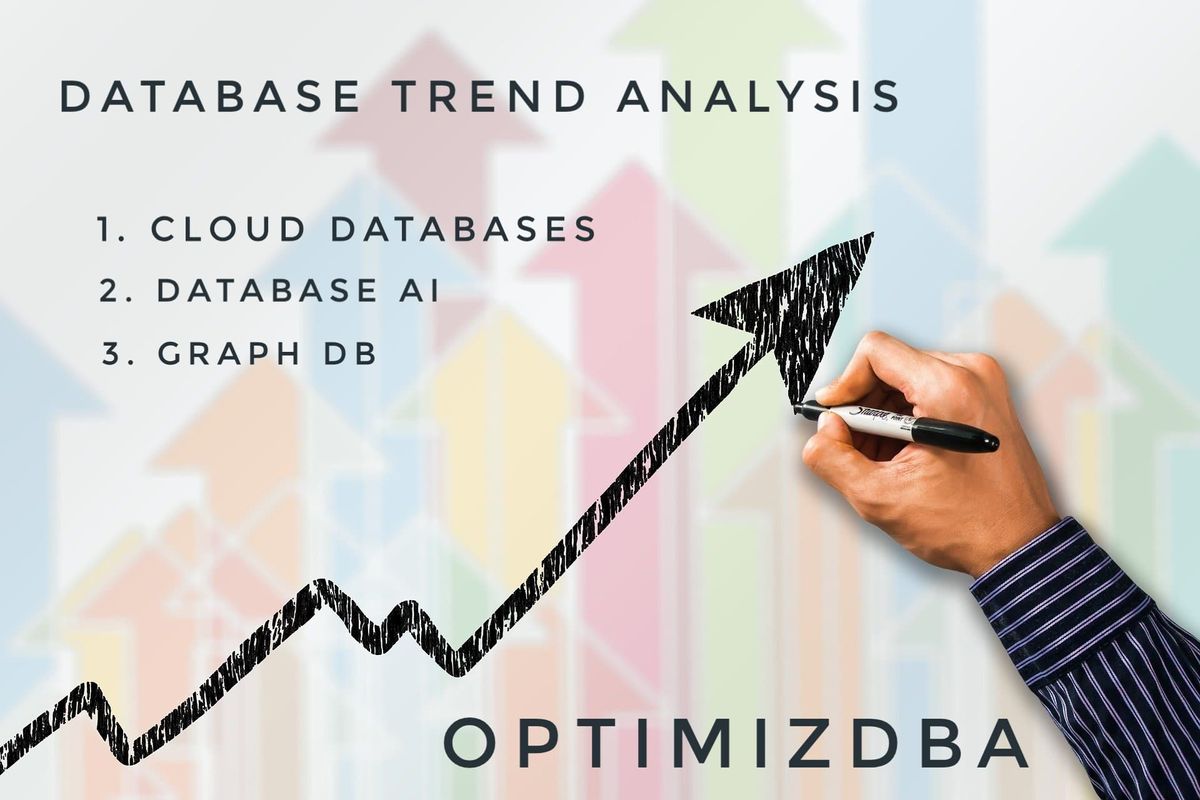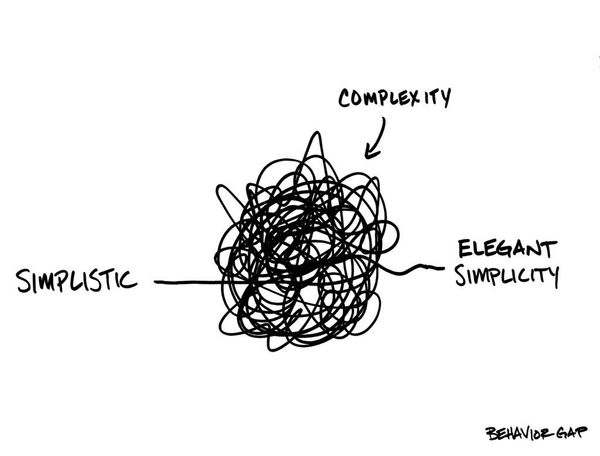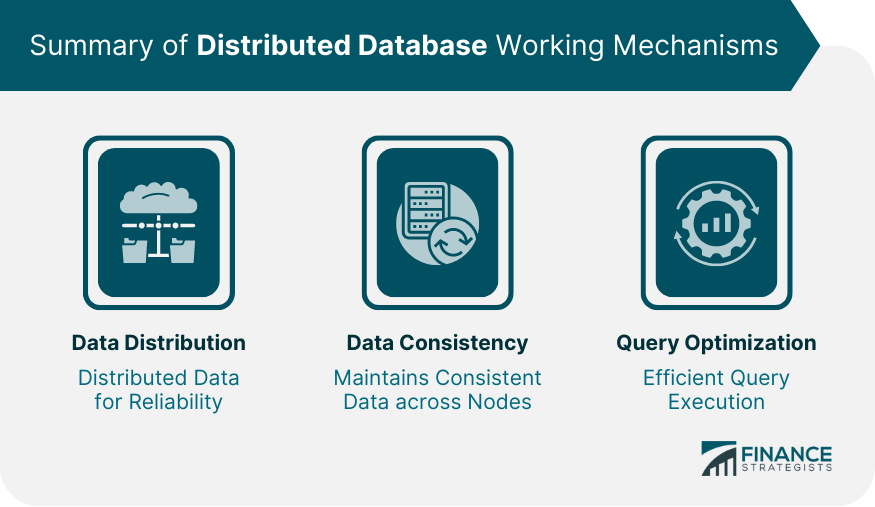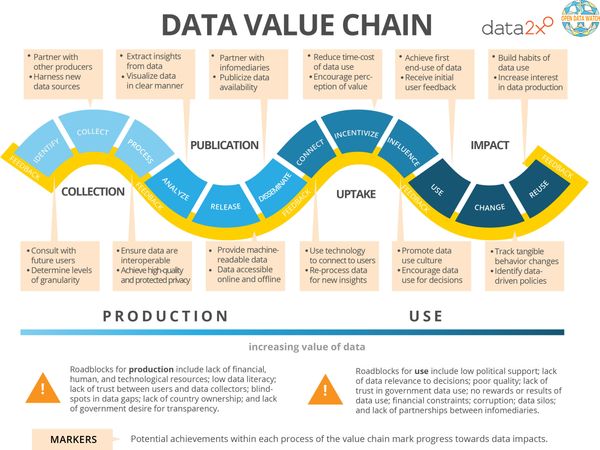The database management system is an integral part of any enterprise software application. It has been so for decades. Over time, newer technologies have pushed the boundaries on what these systems can do. For example, retrieval of hundreds of thousands of records in a fraction of a second was not possible earlier.
Concepts such as indexing, hardware improvements in CPU and RAM have made it possible to have database systems perform at lightning speed. But 2020 has hit us hard with the pandemic, and we often wonder about what has progressed this year in the database management system domain. Contrary to what you might expect, we are witnessing new DBMS strategies and the development of more modern processes. In this article, let’s discuss these trends and find out how they can be applied.
1. Cloud Database
Databases in the cloud is not a new concept. Many organizations have adopted it at some point in their application life cycle. However, the trend we see now is the adoption of native cloud support for databases. These are databases that are built with the cloud’s advantages in mind.
Image Credit: Cloud SQL user management
Let’s consider Google Cloud SQL now. It’s a wholly managed database service on the cloud that allows users to choose their preferred database server. With the support of MySQL, PostgreSQL, and SQL Server. Using this takes away some of the critical burdens faced by in house hosting strategies like:
- High Availability: to ensure that databases are up and functioning 24/7, cloud SQL provides automated failover strategies.
- High Security: Provides encryption that aligns with industry-standard compliances like HIPAA, SSAE 1, and more.
- Multiple Connectivity Services – Google Cloud SQL provides multiple connection endpoints to the database server. For example, you can connect using a public IP address with SSL, or a JDBC library socket, or even the cloud shell.
The Google Cloud SQL features we saw above are provided by a few other providers too. They are gaining traction because they automate many of the heavy lifting that the organization would have to do. It saves cost also through automated storage and performance scaling.
2. AI in Database Management System
Image Credit: Query Optimization with AI
In our previous article on database optimization processes, we spoke about the importance of personalization for each case. When customization is involved, many parameters can be automated. One of the trends today is to leverage AI to automate small independent processes to improve database performance.
So, where can AI in database be used?
One of the vital performance optimization tasks we have performed is SQL optimization. Here, we identify slow queries and recommend optimization processes. Now, we are seeing data analytics being applied to this optimization process. A large amount of public data is a useful foundational dataset to train machine learning algorithms to identify patterns. These models are trained to identify queries that are considered slow and provide recommendations to improve query retrieval speed.
We have seen the launch of multiple online query optimization tools in recent times. Many organizations have started to use these tools to provide secure optimization mechanisms at a fraction of the costs. These tools are used to find the best database indexing strategies based only on the queries you provide. Database AI allows organizations to save both cost and time, and this is the primary reason for these tools to be trending today.
3. Graph Database
Image Credit: Query Languages for Neo4J Graph Database
Neo4J is the name that comes to mind when someone talks about a graph database. It is not a new concept. However, many developers are exploring graph databases to confirm their capabilities in emerging use cases. NoSQL databases were designed to solve the challenges of unstructured data. It provided a framework to build data and retrieve them in the best possible manner.
These days, with more sophisticated business cases such as digital twins in IoT and natural language analysis, newer requirements have emerged. The need is to build some relationships between these unstructured data groups. To solve this problem, we now have a graph database.
A graph database provides features to store and relate unstructured data at scale. It also provides interfaces to query information bearing the relationship in mind. It allows for complicated relationships called graphs to be built and maintained in a single place. Neo4J is leading this trend by providing advanced features such as data modeling paths and data design scenarios.
Picking the Right Trends for a Database Management System
Many trends emerge from the market each year, and it becomes imperative to evaluate each one to see if it’s worth the time and money to investigate its benefits. Some technologies are genuine and bring in tremendous improvements to currently implemented systems. In this industry, we have built our expertise over two decades to identify promising technologies and implement them successfully. The ones we discussed today belong to this category.
For example, database AI and Cloud SQL platforms have proven their capabilities time and again. Thus they stand out, and over the years, we will see these technologies embedded into more enterprise applications.







